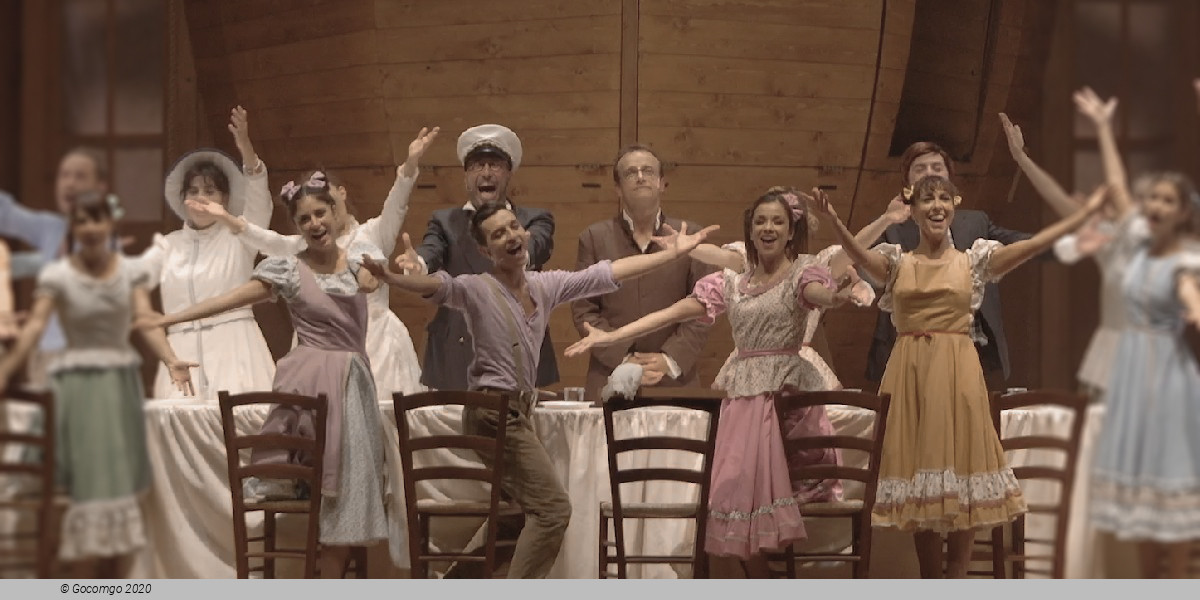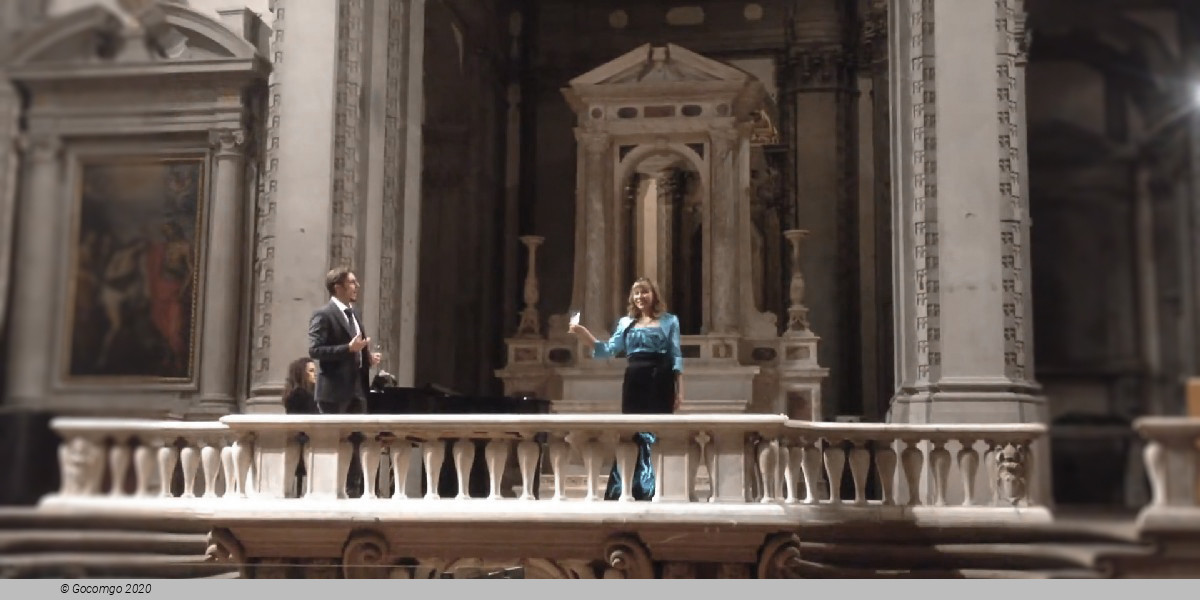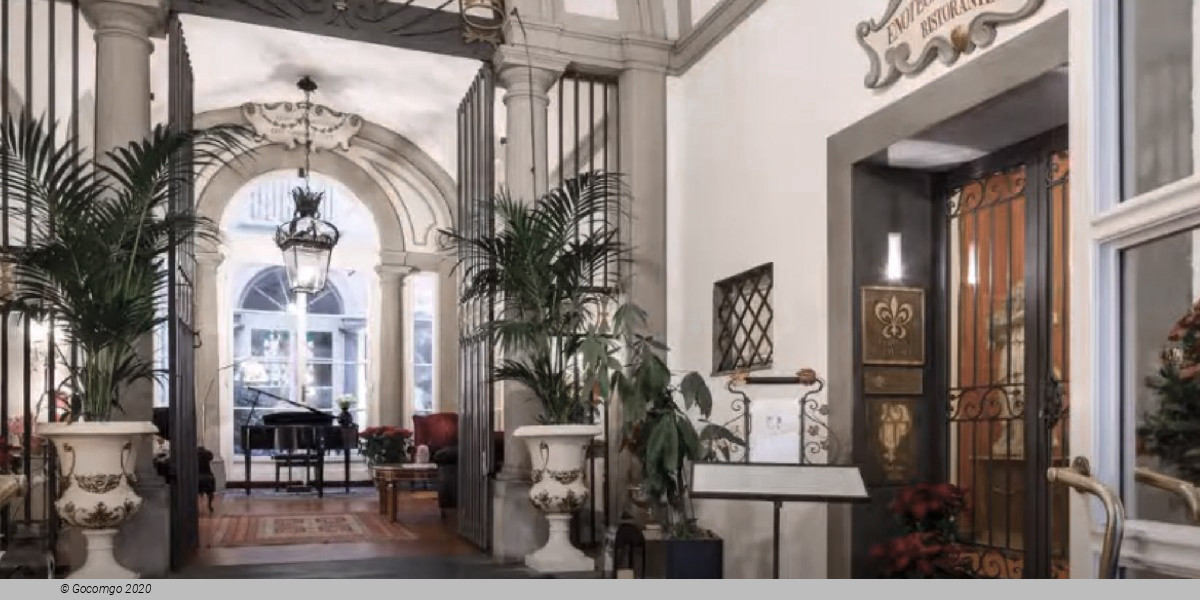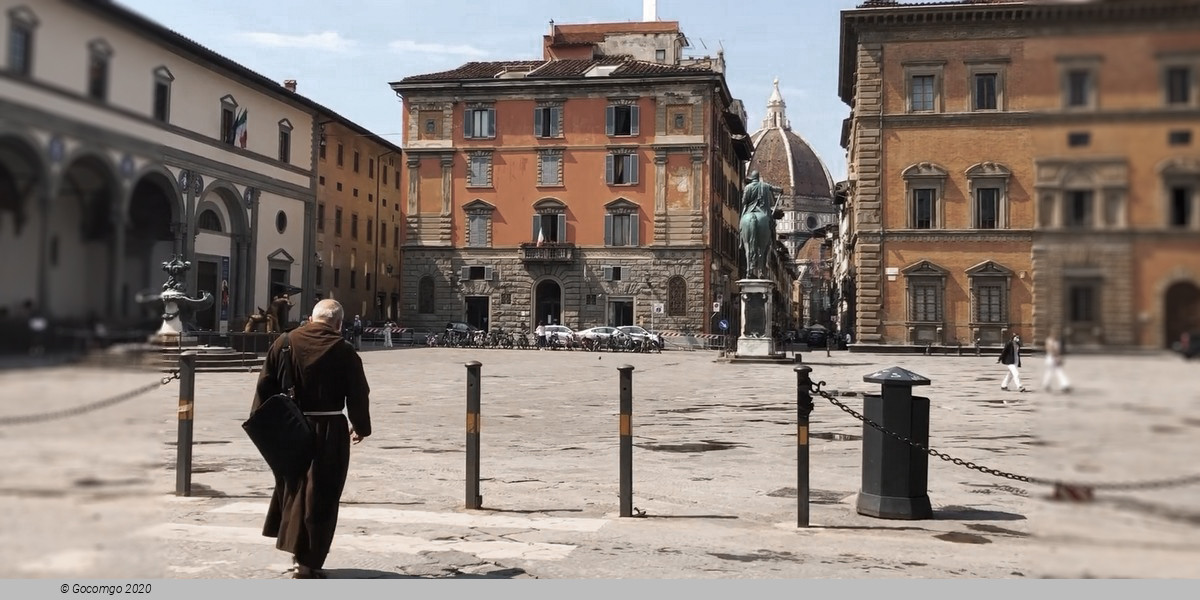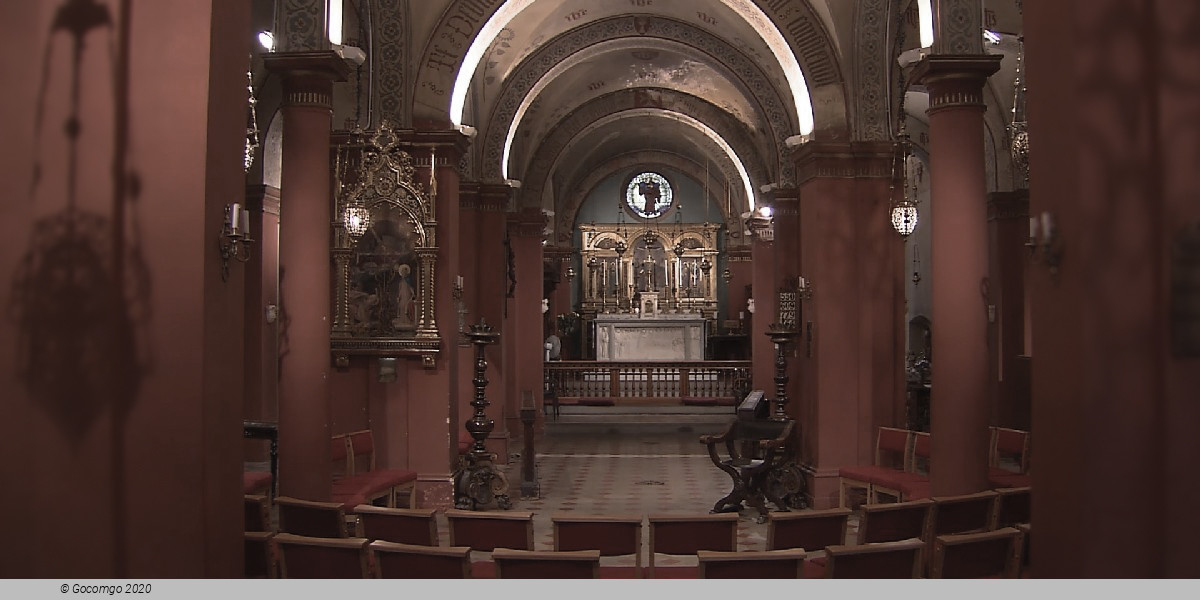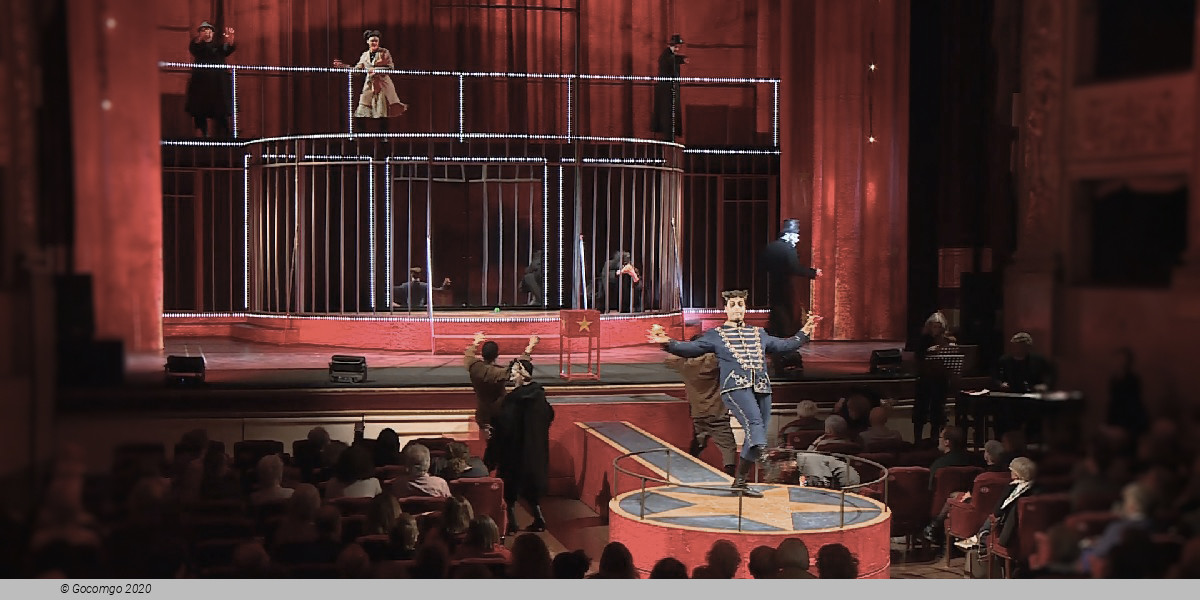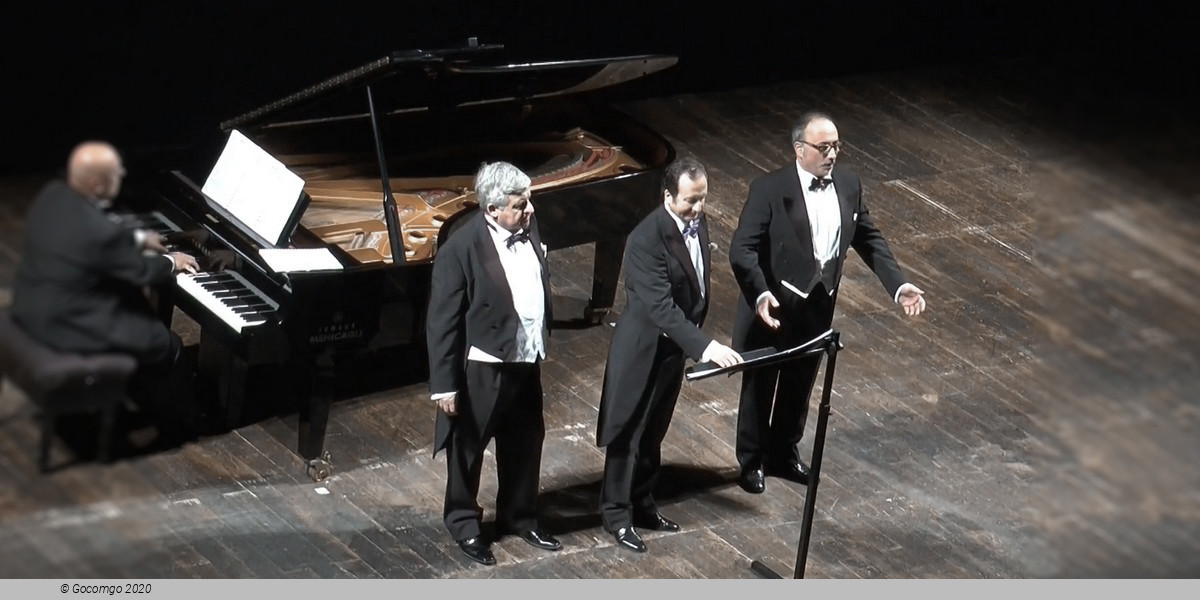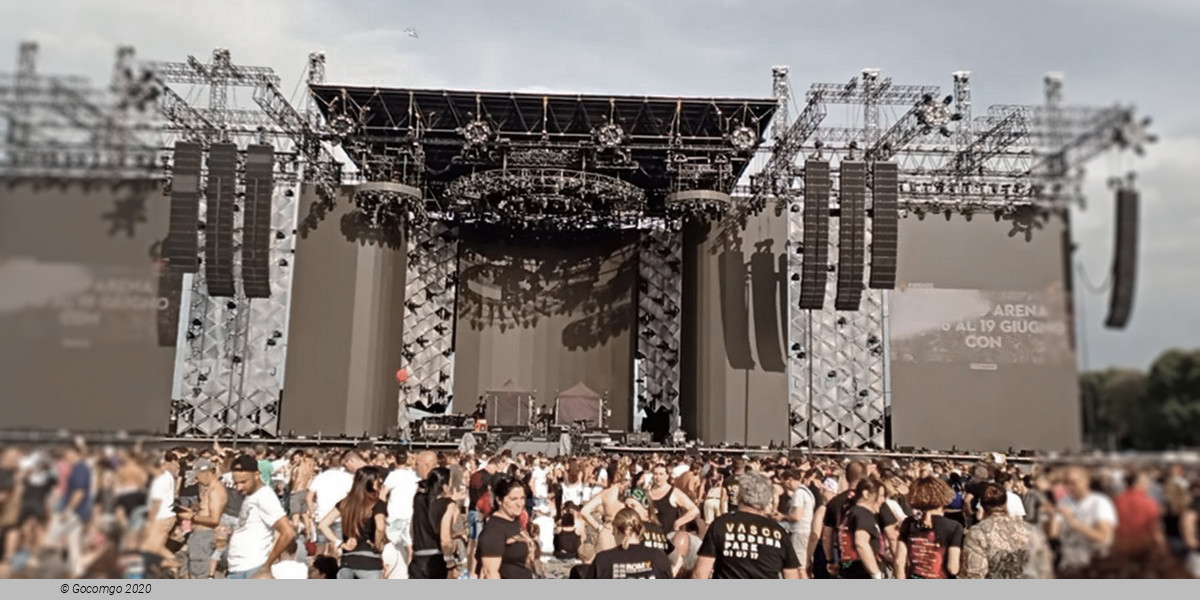Venues in Florence
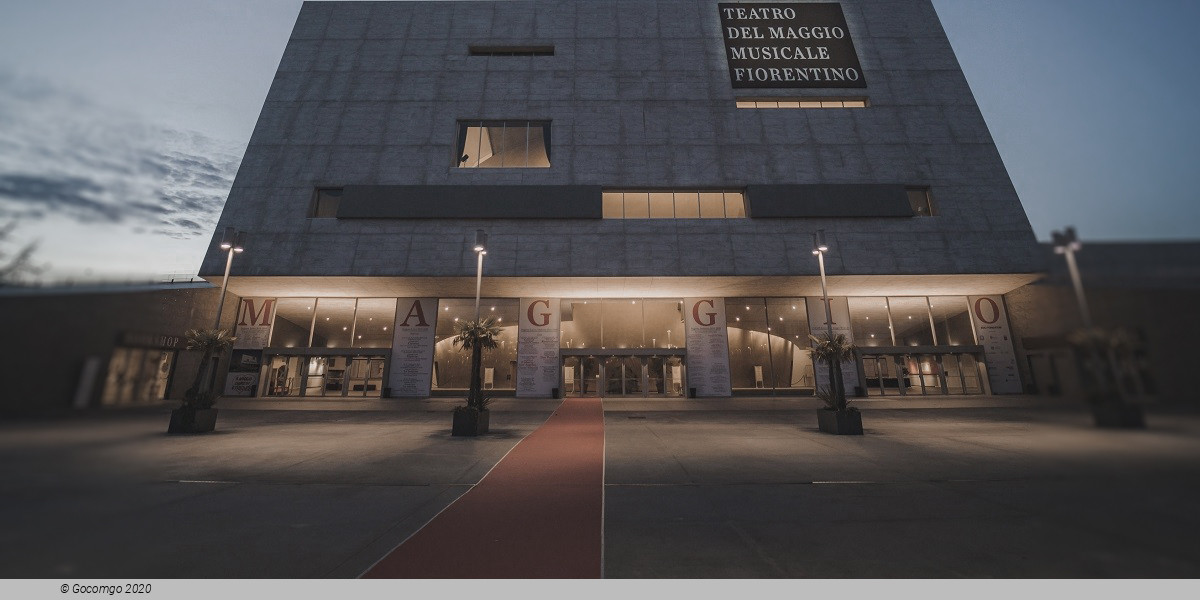
Florence is a city in Central Italy and the capital city of the Tuscany region. Florence was a centre of medieval European trade and finance and one of the wealthiest cities of that era. It is considered by many academics to have been the birthplace of the Renaissance, becoming a major artistic, cultural, commercial, political, economic and financial center. During this time, Florence rose to a position of enormous influence in Italy, Europe, and beyond. Its turbulent political history includes periods of rule by the powerful Medici family and numerous religious and republican revolutions. From 1865 to 1871 the city served as the capital of the Kingdom of Italy (established in 1861). The Florentine dialect forms the base of Standard Italian and it became the language of culture throughout Italy due to the prestige of the masterpieces by Dante Alighieri, Petrarch, Giovanni Boccaccio, Niccolò Machiavelli and Francesco Guicciardini.
The city attracts millions of tourists each year, and UNESCO declared the Historic Centre of Florence a World Heritage Site in 1982. The city is noted for its culture, Renaissance art and architecture and monuments. The city also contains numerous museums and art galleries, such as the Uffizi Gallery and the Palazzo Pitti, and still exerts an influence in the fields of art, culture and politics. Due to Florence's artistic and architectural heritage, Forbes has ranked it as the most beautiful city in the world of 2010.
Florence plays an important role in Italian fashion, and is ranked in the top 15 fashion capitals of the world by Global Language Monitor; furthermore, it is a major national economic centre, as well as a tourist and industrial hub.
Florence was the birthplace of High Renaissance art, which lasted from 1450 to 1527. While Medieval art focused on basic story telling of the Bible, Renaissance art focused on naturalism and human emotion. Medieval art was abstract, formulaic, and largely produced by monks whereas Renaissance art was rational, mathematical, individualistic, consisted of linear perspective and shading (Chiaroscuro) and produced by specialists (Leonardo da Vinci, Donatello, Michelangelo, and Raphael). Religion was important, but with this new age came the humanization of religious figures in art, such as Expulsion from the Garden of Eden, Ecce Homo (Bosch, 1470s), and Madonna Della Seggiola; People of this age began to understand themselves as human beings, which reflected in art. The Renaissance marked the rebirth of classical values in art and society as people studied the ancient masters of the Greco-Roman world; Art became focused on realism as opposed to idealism.
Cimabue and Giotto, the fathers of Italian painting, lived in Florence as well as Arnolfo and Andrea Pisano, renewers of architecture and sculpture; Brunelleschi, Donatello and Masaccio, forefathers of the Renaissance, Ghiberti and the Della Robbias, Filippo Lippi and Angelico; Botticelli, Paolo Uccello and the universal genius of Leonardo da Vinci and Michelangelo.
Their works, together with those of many other generations of artists, are gathered in the several museums of the town: the Uffizi Gallery, the Palatina gallery with the paintings of the "Golden Ages", the Bargello with the sculptures of the Renaissance, the museum of San Marco with Fra Angelico's works, the Academy, the chapels of the Medicis Buonarroti's house with the sculptures of Michelangelo, the following museums: Bardini, Horne, Stibbert, Romano, Corsini, The Gallery of Modern Art, the Museo dell'Opera del Duomo, the museum of Silverware and the museum of Precious Stones. Several monuments are located in Florence: the Florence Baptistery with its mosaics; the cathedral with its sculptures, the medieval churches with bands of frescoes; public as well as private palaces: Palazzo Vecchio, Palazzo Pitti, Palazzo Medici Riccardi, Palazzo Davanzati; monasteries, cloisters, refectories; the "Certosa". In the archaeological museum includes documents of Etruscan civilisation. In fact the city is so rich in art that some first time visitors experience the Stendhal syndrome as they encounter its art for the first time.
The cathedral, topped by Brunelleschi's dome, dominates the Florentine skyline. The Florentines decided to start building it – late in the 13th century, without a design for the dome. The project proposed by Brunelleschi in the 14th century was the largest ever built at the time, and the first major dome built in Europe since the two great domes of Roman times – the Pantheon in Rome, and Hagia Sophia in Constantinople. The dome of Santa Maria del Fiore remains the largest brick construction of its kind in the world. In front of it is the medieval Baptistery. The two buildings incorporate in their decoration the transition from the Middle Ages to the Renaissance. In recent years, most of the important works of art from the two buildings – and from the nearby Giotto's Campanile, have been removed and replaced by copies. The originals are now housed in the Museum dell'Opera del Duomo, just to the east of the cathedral.
Florence has large numbers of art-filled churches, such as San Miniato al Monte, San Lorenzo, Santa Maria Novella, Santa Trinita, Santa Maria del Carmine, Santa Croce, Santo Spirito, the Annunziata, Ognissanti and numerous others.
Artists associated with Florence range from Arnolfo di Cambio and Cimabue to Giotto, Nanni di Banco, and Paolo Uccello; through Lorenzo Ghiberti, and Donatello and Massaccio and the della Robbia family; through Fra Angelico and Botticelli and Piero della Francesca, and on to Michelangelo and Leonardo da Vinci. Others include Benvenuto Cellini, Andrea del Sarto, Benozzo Gozzoli, Domenico Ghirlandaio, Filippo Lippi, Bernardo Buontalenti, Orcagna, Pollaiuolo, Filippino Lippi, Verrocchio, Bronzino, Desiderio da Settignano, Michelozzo, the Rossellis, the Sangallos, and Pontormo. Artists from other regions who worked in Florence include Raphael, Andrea Pisano, Giambologna, Il Sodoma and Peter Paul Rubens.
Picture galleries in Florence include the Uffizi and the Pitti Palace. Two superb collections of sculpture are in the Bargello and the Museum of the Works of the Duomo. They are filled with the creations of Donatello, Verrochio, Desiderio da Settignano, Michelangelo and others. The Galleria dell'Accademia has Michelangelo's David – perhaps the best-known work of art anywhere, plus the unfinished statues of the slaves Michelangelo created for the tomb of Pope Julius II. Other sights include the medieval city hall, the Palazzo della Signoria (also known as the Palazzo Vecchio), the Archeological Museum, the Museum of the History of Science, the Garden of Archimedes, the Palazzo Davanzatti, the Stibbert Museum, St. Marks, the Medici Chapels, the Museum of the Works of Santa Croce, the Museum of the Cloister of Santa Maria Novella, the Zoological Museum ("La Specola"), the Bardini, and the Museo Horne. There is also a collection of works by the modern sculptor, Marino Marini, in a museum named after him. The Strozzi Palace is the site of special exhibits.
Florence became a musical centre during the Middle Ages and music and the performing arts remain an important part of its culture. The growth of Northern Italian Cities in the 1500s likely contributed to its increased prominence. During the Renaissance, there were four kinds of musical patronage in the city with respect to both sacred and secular music: state, corporate, church, and private. It was here that the Florentine Camerata convened in the mid-16th century and experimented with setting tales of Greek mythology to music and staging the result—in other words, the first operas, setting the wheels in motion not just for the further development of the operatic form, but for later developments of separate "classical" forms such as the symphony and concerto. After the year 1600, Italian trends prevailed across Europe, by 1750 it was the primary musical language. The genre of the Madrigal, born in Italy, gained popularity in Britain and elsewhere. Several Italian cities were "larger on the musical map than their real-size for power suggested. Florence, was once such city which experienced a fantastic period in the early seventeenth Century of musico-theatrical innovation, including the beginning and flourishing of opera.
Opera was invented in Florence in the late 16th century when Jacobo Peri's Dafne an opera in the style of monody, was premiered. Opera spread from Florence throughout Italy and eventually Europe. Vocal Music in the choir setting was also taking new identity at this time. At the beginning of the 17th century, two practices for writing music were devised, one the first practice or Stile Antico/Prima Prattica the other the Stile Moderno/Seconda Prattica. The Stile Antico was more prevalent in Northern Europe and Stile Moderno was practiced more by the Italian Composers of the time. The piano was invented in Florence in 1709 by Bartolomeo Cristofori. Composers and musicians who have lived in Florence include Piero Strozzi (1550 – after 1608), Giulio Caccini (1551–1618) and Mike Francis (1961–2009). Giulio Caccini's book Le Nuove Musiche was significant in performance practice technique instruction at the time. The book specified a new term, in use by the 1630s, called monody which indicated the combination of voice and basso continuo and connoted a practice of stating text in a free, lyrical, yet speech-like manner. This would occur while an instrument, usually a keyboard type such as harpsichord, played and held chords while the singer sang/spoke the monodic line.
By the year 1300 Florence had become a centre of textile production in Europe. Many of the rich families in Renaissance Florence were major purchasers of locally produced fine clothing, and the specialists of fashion in the economy and culture of Florence during that period is often underestimated. Florence is regarded by some as the birthplace and earliest centre of the modern (post World War Two) fashion industry in Italy. The Florentine "soirées" of the early 1950s organised by Giovanni Battista Giorgini were events where several Italian designers participated in group shows and first garnered international attention. Florence has served as the home of the Italian fashion company Salvatore Ferragamo since 1928. Gucci, Roberto Cavalli, and Emilio Pucci are also headquartered in Florence. Other major players in the fashion industry such as Prada and Chanel have large offices and stores in Florence or its outskirts. Florence's main upscale shopping street is Via de' Tornabuoni, where major luxury fashion houses and jewellery labels, such as Armani and Bulgari, have boutiques. Via del Parione and Via Roma are other streets that are also well known for their high-end fashion stores.



